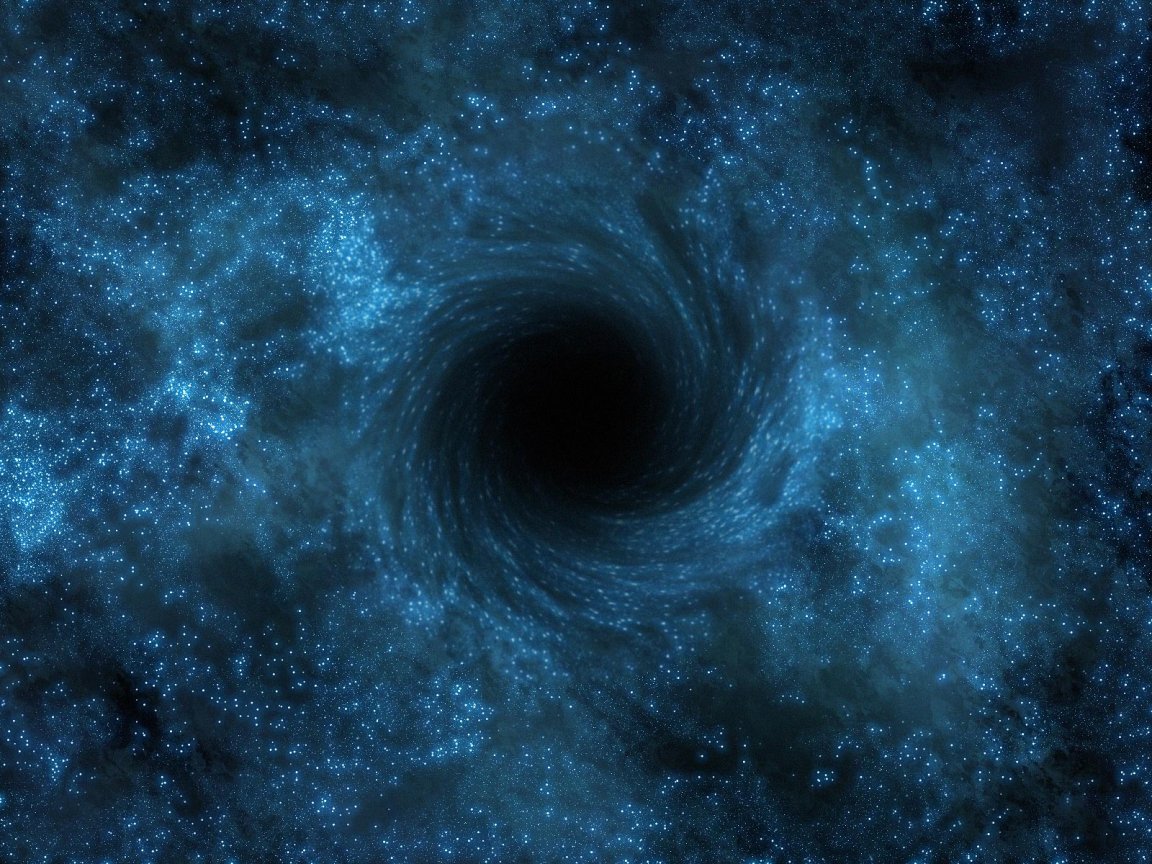
Imagine being stuck in a storm with wind speeds of 200 million km/hr (125 million mph). That is precisely what astronomers just discovered surrounding one supermassive black hole. Saying that these winds would rip you apart is a grand understatement. They would literally blow you away…at about 200 million km/h.
But how can winds like these exist in a near-vacuum environment?
In general, space wind, unlike the wind we get on Earth, is the result of energy ‘currents.’ These are similar to the jets of plasma that are emitted from the Sun and create extremely powerful solar winds.
Space Wind
To break this down a bit more, swirling around some supermassive black holes is a super-hot, super-bright disk of material. This disk, formally known as an ‘accretion disk,’ appears when a black hole is consuming matter—like a planet or a star. As the material from the planet or star (or what-have-you) churns around the black hole and spirals in towards the center, it bumps into other material, causing friction and, thus, heat. This eventually forms into the aforementioned super-hot, glowing accretion disk.
Ultimately, these disks produce ‘quasar winds.’ Because there is usually a supermassive black hole found in the center of every galaxy – there’s a lot of quasar wind in our universe.
“As matter spirals towards a black hole, some of it is blown away by the heat and light of the quasar. These are the winds that we are detecting,” stated astronomer Patrick Hall.
In order for the team of astronomers to find out which quasar was emitting the extremely powerful winds, they narrowed it down to 100 potential candidates using data taken from the Sloan Digital Sky Survey.

What Hall and his team discovered after compiling their data was that the black hole found to have the fastest quasar energy outflows was also the same one to emit winds at drastically slower speeds – only around 140 million km/hr (87 million mph). The researchers are keeping watch on the quasar to monitor how the winds change.
The Importance of Space Winds
Quasar winds can give us a plethora of information regarding how and why material in a galaxy ends up where it does. For example, if it weren’t for these winds, our galaxy would be a whole lot more starry, as the winds deter material from ever forming into stars by blowing it apart and spreading it across the universe.
And while the excessive wind is pretty cool, imagine what it would be like to have a much brighter night sky…